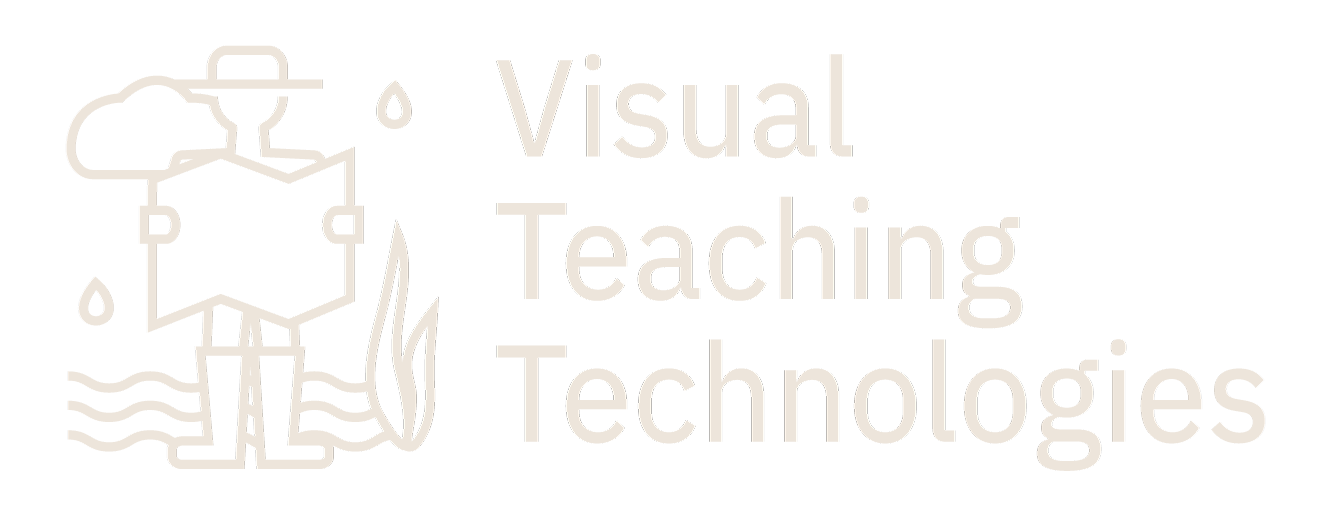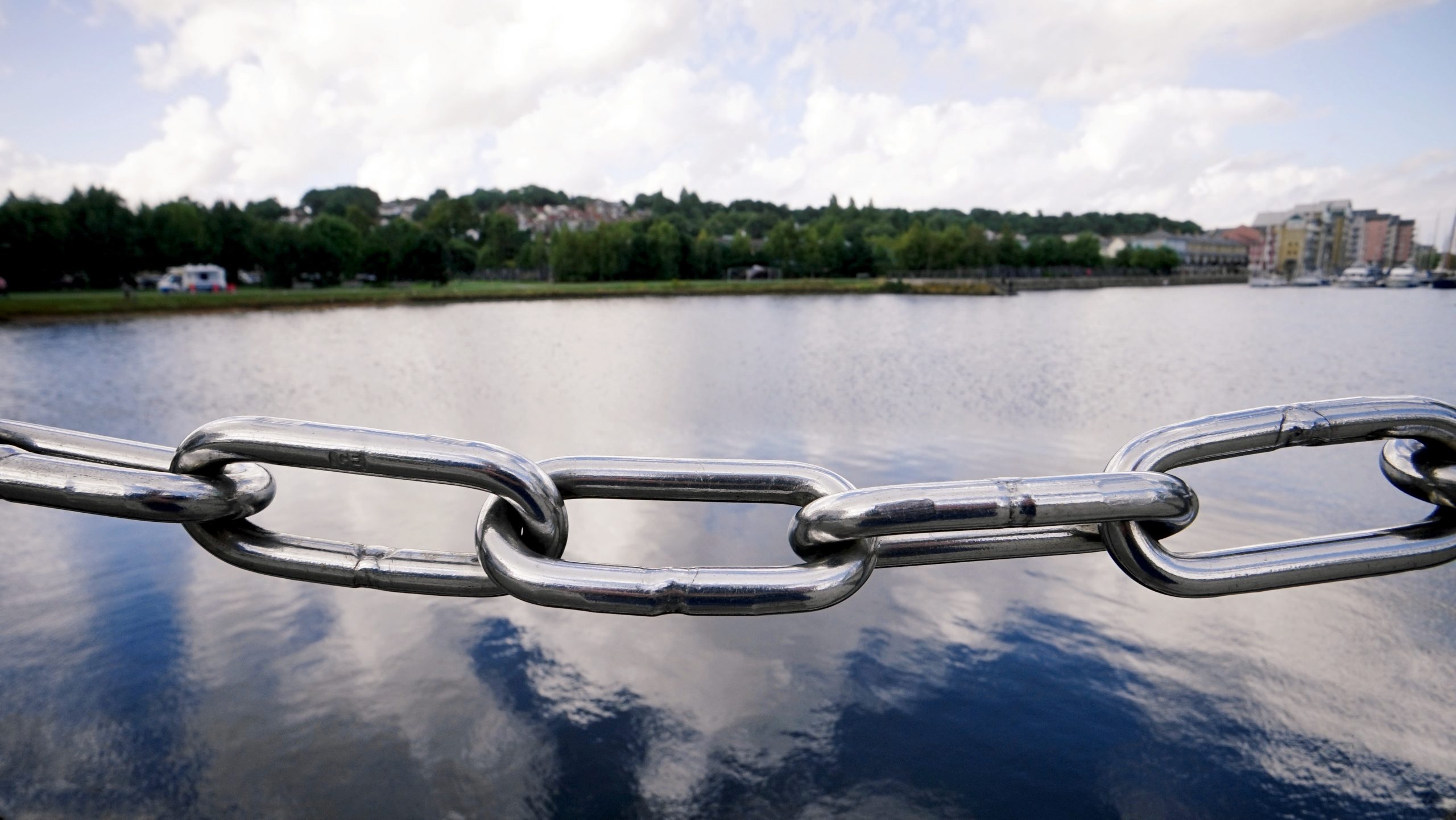This article summarizes key information found in “Curbing Corruption in Water,” by Laura Jean Palmer-Moloney and Mark Pyman (2022). Visit the Curbing Corruption website to view the full briefing paper that includes the Water Sector Corruption Typology.
Whatever part of the water sector you may work in—whether watershed management, the ocean economy, water for energy or food or habitat or development; or more broadly in climate change and extreme weather roles—corruption can be one of the darkest problem areas. Frequently rendered hard-to-address by political sensitivity, corruption issues can cripple the effective use of water for communities.
I am excited to introduce a new approach that assists those in front line roles to address corruption issues openly and constructively, whether they be politicians, leaders, managers, scientists, civic groups, developers, company executives, or others.
According to the World Bank, the Blue Economy is the “sustainable use of ocean resources for economic growth, improved livelihoods, and jobs while preserving the health of the ocean ecosystem.” The European Commission defines it as “All economic activities related to oceans, seas and coasts.”
Introduction
Stories from around the world tell of rivers illegally diverted and dammed, of political corruption and intrigue over water rights, of ecological and economic disaster. Mismanagement of affluent areas such as the Colorado River in the USA attest that these disasters are as common in rich countries as in poor countries.
The damaging impacts of corruption in the water sector occur at every scale: from the local, such as misuse of water in a municipality; to regional, such as unregulated diversions in watersheds; to the global, such as corrupt mismanagement of marine protected areas.
On the positive side, the world has been rapidly waking up to the centrality of water to human life. Politically, the trend is to establish national and state-level ministries dedicated to a more holistic stewardship of water, such as India, Indonesia and Zambia.
Island economies have moved quickly to a comprehensive approach to Blue Economy management, complete with a ministry dedicated to the Blue Economy, such as Madagascar, Mauritius, Seychelles, Barbados, and Zanzibar. Water-focused countries such as the Netherlands now produce a National Blueprint for Blue Economy.

Technically there is progress, too. Large watersheds are increasingly being managed in a more integrated manner than before. Examples abound, such as in Indonesia (eg Citarum River/Java Sea), Australia (eg Fitzroy River/Great Barrier Reef), USA (eg Susquehanna River/Chesapeake Bay), Nigeria and the African Marine Environment Sustainability Initiative (AFMESI). Similarly across national boundaries, such as Iceland leading among Nordic nations, China among East Asian nations, Bangladesh among Bay of Bengal nations.
But, if you are working in this sector, somehow the word corruption is rarely spoken, despite the obvious and massive impact that corruption can have. If it is spoken about at all, it is sotto-voce, quietly; the subject is sensitive, is difficult, something perhaps for the finance people. All too often it is left alone, just a fact of life to be lived with. This is wrong.
Ours is a water planet, already at the limit of what it can support, and we need to be proper stewards. Not to pay attention to corruption is a dereliction of duty; and not necessary. There is now a realistic way that water professionals can tackle corruption better, using recent thinking in the anti-corruption world.
Corruption is a topic that can – and should – be tackled as an integral part of professional competence, and our intention is to build the confidence of those managing the earth’s water resources, so they feel able to do this. This is not the situation today. For most professionals, their primary objectives and expertise relate to delivering the policies, services, or products for which they are responsible, and they feel ill-equipped to evaluate corruption challenges.
Providing a common language, common tools, and guidance that is entirely specific to the sector raises confidence, building capability in mitigating the corruption impact.* This is what Mark Pyman (co-founder of CurbingCorruption) and I set out to do when we began work on water sector guidance and the Water Corruption Typology.

What do we mean by corruption? The NGO Transparency International uses perhaps the most common definition of corruption: the abuse of entrusted power for private gain. Corruption can take many forms, like public servants demanding or taking money or favours in exchange for services, politicians misusing public money or granting public jobs or contracts to their sponsors, friends and families, corporations bribing officials to get lucrative deals. Corruption can often be legal: World Bank economist Daniel Kaufmann extended the concept to include "legal corruption" in which power is abused within the confines of the law—as those with power often have the ability to make laws for their protection.
This Curbing Corruption in Water project targets everyone working in the water cycle: politicians, leaders, managers in sub-national and municipal governing bodies; science communities such as wetlands ecologists, marine biologists and engineers, coastal resource management specialists; developers, representatives of energy, water, and roads/bridges utilities; civic groups; and others who make up the greater stakeholder community.
Identifying the corruption issues
We define the water sector broadly, considering water in a connected, cyclic way (see figure below), from the uppermost reaches of a watershed to downstream interaction with coastal ecosystems, including both surface water and groundwater.

Where it helps to distinguish corruption issues between parts of the sector, we categorize water according to how it is being used: water for habitat, water for energy, water for food, and water for development.
The starting point for tackling corruption in a sector is to identify the more common corruption issues. We make use of a crucial insight from the recent work of CurbingCorruption, that there are a limited number of common corruption issues in each sector, which we can define ‘up front’.
Because the same issues recur again and again in other contexts within that same sector, just with different scale and frequency, we do not have to ‘re-invent the wheel’ when identifying the corruption issues relevant for each new context. Instead, we can start with the pre-defined list of common issues, then adjust it for the particular circumstances.
Typically, CurbingCorruption identifies about 50 different corruption issues in any one sector. They range from being generic, such as Improper acceptance of poorly vetted information data acquisition for sharing/decision-making, to the more technical, e.g. improperly withholding or inhibiting water quality/water quantity changes that correlate with vegetated marsh increase.
We have made our preliminary identification of the corruption issues in the water sector partly through our own knowledge and partly through the work of other groups who have been working for years on different aspects of corruption in water. These include Water Integrity Network’s Integrity Toolkit; the OECD’s Water Governance Initiative; Integrated Water Resource Management and IWRM Toolbox (Global Water Partnership); U4 Anti-Corruption Resource Centre publications; the Alliance for Water Stewardship, and National Academies of Science, Engineering, and Medicine reports.
From this effort, we have identified 45 corruption issues in the water sector. We bracket these into three groupings, relating to improper use of Data, corruption in Operations, and corruption in Governance:
- Data: Issues in Data Collection, Data sharing, Monitoring & Evaluation
- Operations: Issues in Operations, Workforce, Procurement & Management
- Governance: Issues in Governance, Policy, and Engagement
Our draft list – our typology – is set out below. In each grouping, we first list the more generic issues, then the more technical ones. Where relevant, we classify the technical ones according to water usage: water for habitat (wfH), water for energy (wfE), water for development (wfD) and water for food (wfF).
Armed with the typology, those working in the sector can assess the importance and relevance of each issue in their own context. They can begin to disaggregate the corruption problems and place them in comparison with the other, non-corruption constraints on performance.
They can ask which corruption problems are causing the most underperformance, which are most important for public confidence, which are costing the most money, and which can be most easily addressed?
If you are interested in providing comments or examples of reforms that have worked, please contact us, and help us to end the hydro-illogical cycle.

*New thinking in the anti-corruption community suggests that the best way to develop practical solutions to corruption problems is by being specific to the sector - such as health, education, police - and water. In working sector by sector, the new approach responds to a major shift in the structure of modern economic society. Today, almost every area of national life includes public elements, private elements, and regulatory elements. The increasing inseparability of public and private via all sorts of mechanisms, such as outsourcing, the dictates of national strategy, the complexity of issues that cross multiple boundaries (like water), and the acceptance of executives having multiple roles, has become a core characteristic of most areas of national life today. At the same time, the transnational characteristics of each sector have become more pronounced: the major companies are international, the money flows are international, the sector standards are often global.
We are sharing this draft because we are seeking comments and contributions. Whether you are a water professional, an anti-corruption professional, or someone who cares about the good stewardship of our planet, please respond. Emails to Laura Jean Palmer-Moloney at jean[at]visualteachingtechnologies.com. Thank you!
Sources
Reisner, M. 1993. Cadillac Desert: The American West and Its Disappearing Water (2nd ed.). Penguin Books.
author
L. Jean Palmer Moloney
Laura Jean is the founder of Visual Teaching Technologies. Her unique perspectives stem from her decades of career experience as a hydrogeographer, geography professor, and water researcher and advisor.



